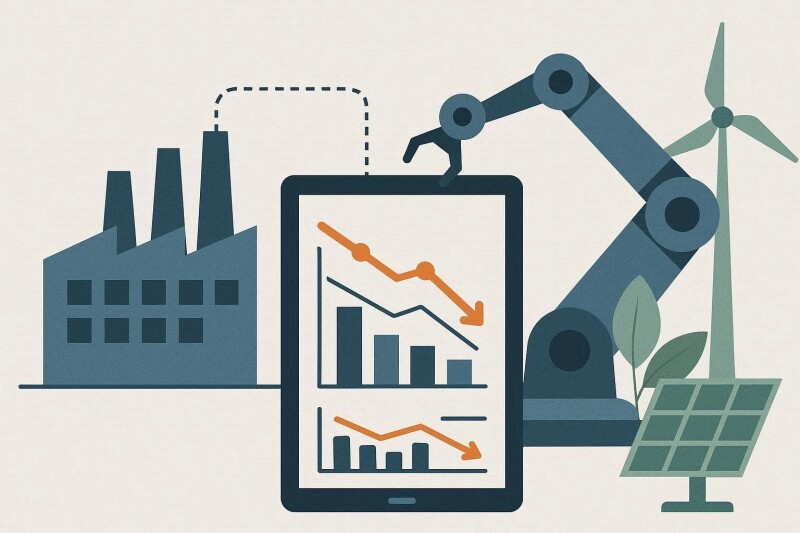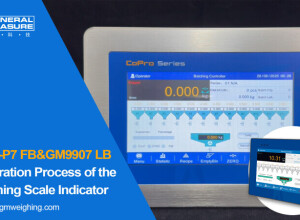Cutting Energy Use with Automation: The 90-Day Plan
Energy costs have become the second-largest variable expense in many factories. The good news: automation systems already collect the data needed to improve energy performance. This 90-day plan shows how to turn your control network into an energy-management tool — without new hardware.
Phase 1: Audit and Baseline (Days 1–30)
- Enable energy counters in drives and PLCs.
- Use SCADA or historian data to establish baseline kWh per product or batch.
- Identify major loads — compressors, ovens, pumps, and HVAC.
- Correlate consumption with production states (run, idle, standby).
Phase 2: Optimization (Days 31–60)
- Implement auto-shutdown logic for idle equipment.
- Reduce compressed-air leaks through continuous monitoring.
- Apply variable-speed drives where feasible.
- Use predictive control for peak-load shaving.
Phase 3: Visualization and Governance (Days 61–90)
Display key metrics on operator HMIs and energy dashboards. Track kWh per unit and CO₂ savings weekly. Create alerts for abnormal usage patterns using your existing MES or historian system.
Case Example: Injection Molding Plant
A plastics plant reduced total energy use by 12% in three months using PLC-based scheduling and automatic compressor sequencing — no additional sensors were required.
Related Articles
- From OEE to OGE: Tracking the Energy Side of Efficiency
- Smart Sensors for Compressed Air Leaks: Fast Payback
- Sustainability Dashboards That Engineers Actually Use
Conclusion
Energy optimization doesn’t start with new technology — it starts with better use of what’s already automated. Within 90 days, plants can cut consumption and reveal hidden capacity for sustainability gains.









































Interested? Submit your enquiry using the form below:
Only available for registered users. Sign In to your account or register here.